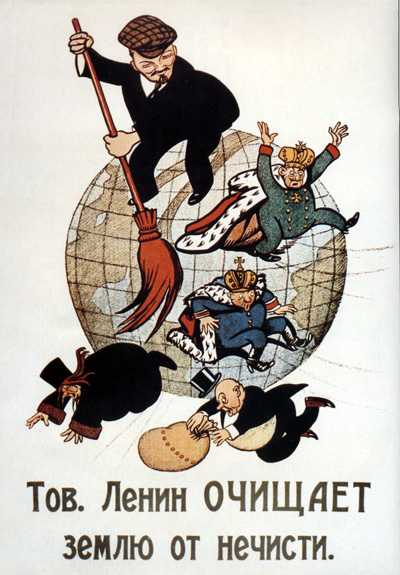The main thesis seems to be (as far as I can understand) that there was no standard of "feudalism" and what is referred to as "feudalism" differs greatly across time and geography.
This is a sleigh of hand various liberal academics use to undermine Marxism imo. Feudalism differs from place to place because feudalism was independently developed in multiple societies while capitalism had a single origin of Western Europe which the rest of the world was more or less forced to adopt to. Likewise, feudalism, especially places where feudalism has existed for millennia like China, had multiple stages. But we wouldn't say that capitalism doesn't exist because mercantile capitalism looks different from industrial capitalism which looks different from financial capitalism. M-C...P...C'-M' strictly speaking is most applicable to industrial capitalism, but that doesn't mean mercantile capitalism or financial capitalism are somehow not capitalism.
For feudalism, there's a basic dialectic between the land and the people who work the land. The land provides crops and other sources of sustenance, but it has to be cultivated by human hands, which is sustained by the crops that come from the land. There's a balancing act between the ability of the land to sustain the human population that's cultivating the land. Too much people means people will starve, but too little people means part of the land can no longer be properly cultivated, which is bad when you want the feudal society to expand. However, you can reach the point where the land is properly cultivated and everyone has enough to eat and there's a surplus leftover, which can be stashed away in granaries in order to alleviate any potential famines.
Sounds good, right? Too bad feudalism is also a class society with a toiling class who does all the work and a ruling class who doesn't do shit, so the class antagonism of a feudal society is between the toiling peasantry and the ruling aristocracy. The aristocracy, who owns the land, also determines how the surplus is spend. Much of the surplus is spend on subsidizing people who aren't directly involved in food production. This isn't just the inbred monarch sitting on his gold throne eating baskets of potatoes, but can also mean subsidizing members of the imperial bureaucracy like eunuchs or skilled artisans who need to invest time in honing their craft instead of growing crops. Since the peasantry can grow a surplus of crops, this means various members can "pay" their yearly tax through corvee labor where instead of toiling in the fields, they can toil through building infrastructure or building another palace for the dipshit duke to dick around in. There's a balancing act where instead of the peasantry just growing as much as crops as they can and stashing the surplus in granaries to be used during drought years, the feudal ruling class pull just enough peasants to work on infrastructure projects with the reduced farming labor force growing enough crops to break even from mass starvation with maybe a slight allowance for stashed crops in granaries.
The source of wealth of a feudal state is its land and the toiling peasants who work on the land. With properly cultivated land, the peasantry can be sustained and grown, which means a greater number of corvee laborers, which means infrastructural projects can be more easily and quickly build, which leads to higher standards of living, which leads to the feudal state poaching the peasantry from rival feudal polities as well as other officials who can see the writing on the wall, which leads to the feudal state becoming stronger and its neighbors weaker, which makes the neighboring states vulnerable to being conquered by the stronger feudal state. This is the basic motion of feudal expansionism, which is very different from capitalist expansionism. Feudal expansionism is more about incorporating greater amounts of cultivatable land while capitalist expansionism is more about seeking and securing markets to export goods and capital.
